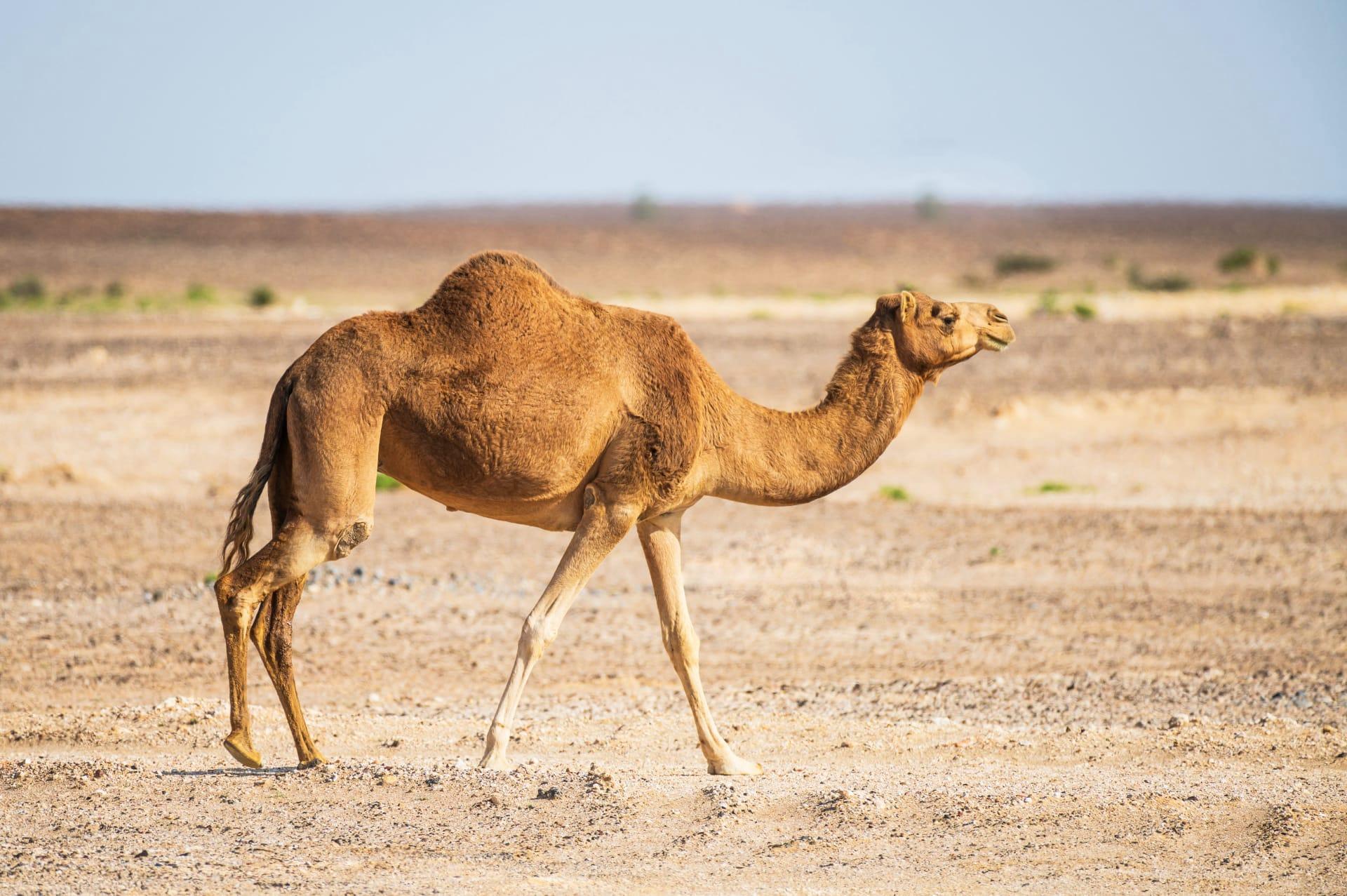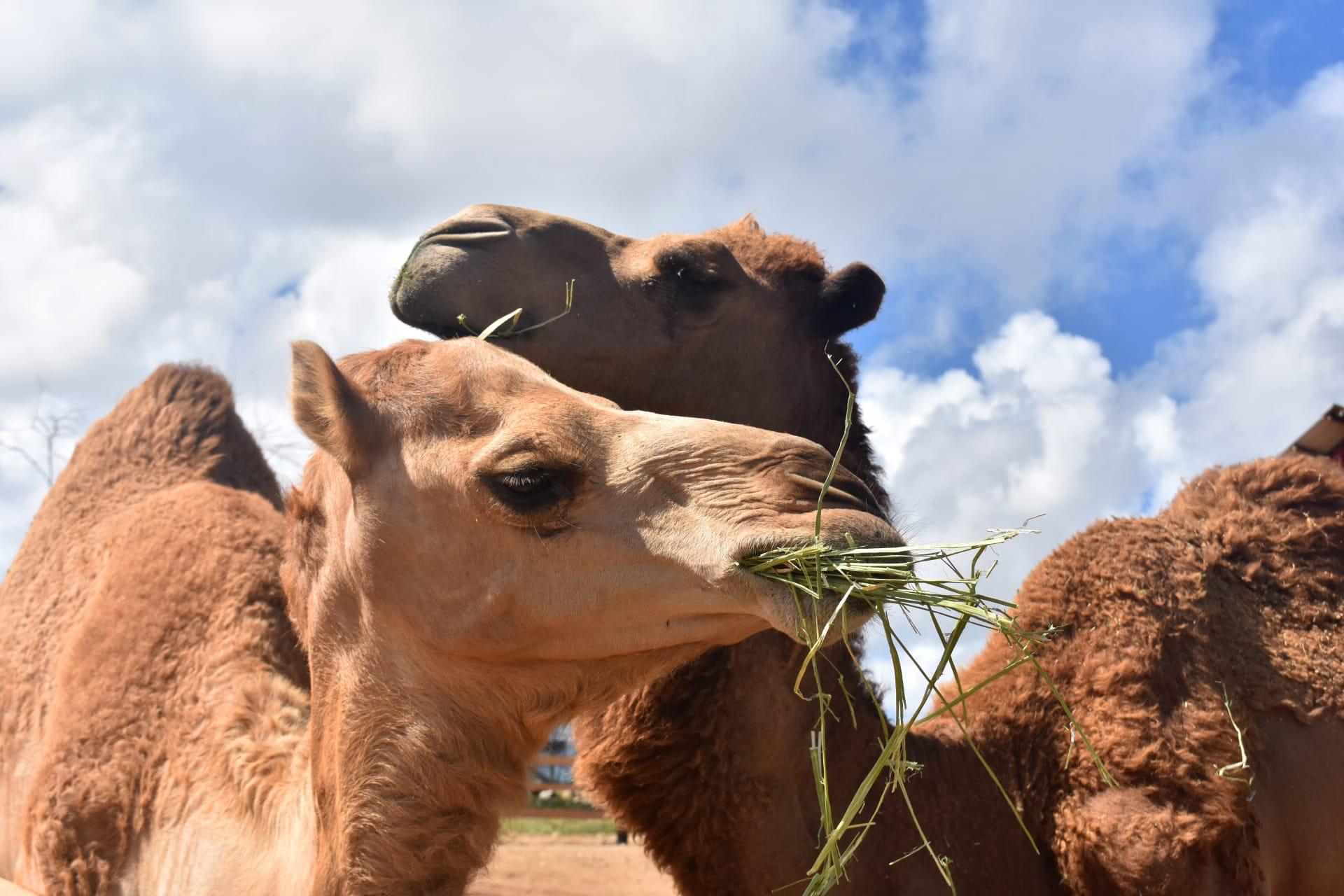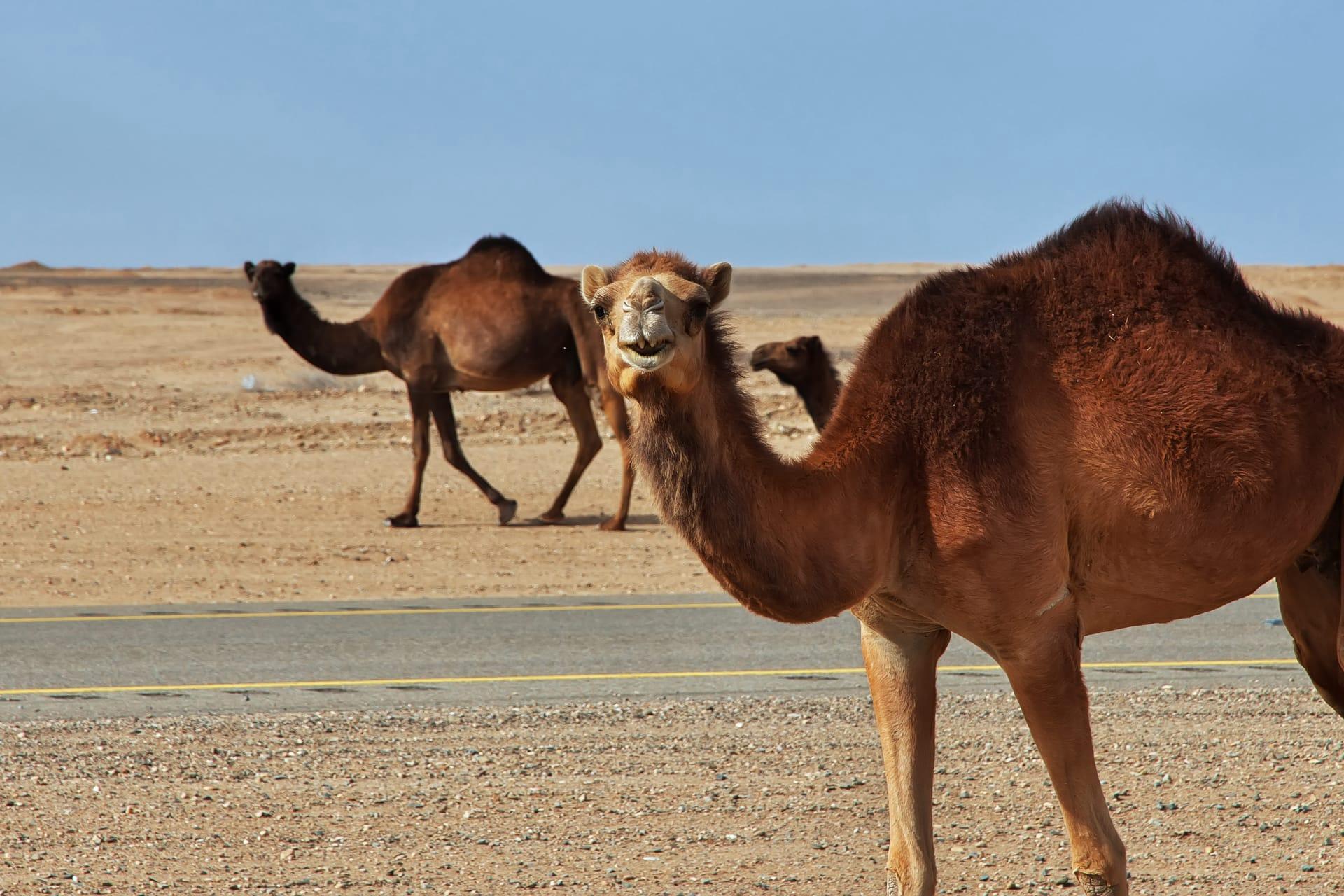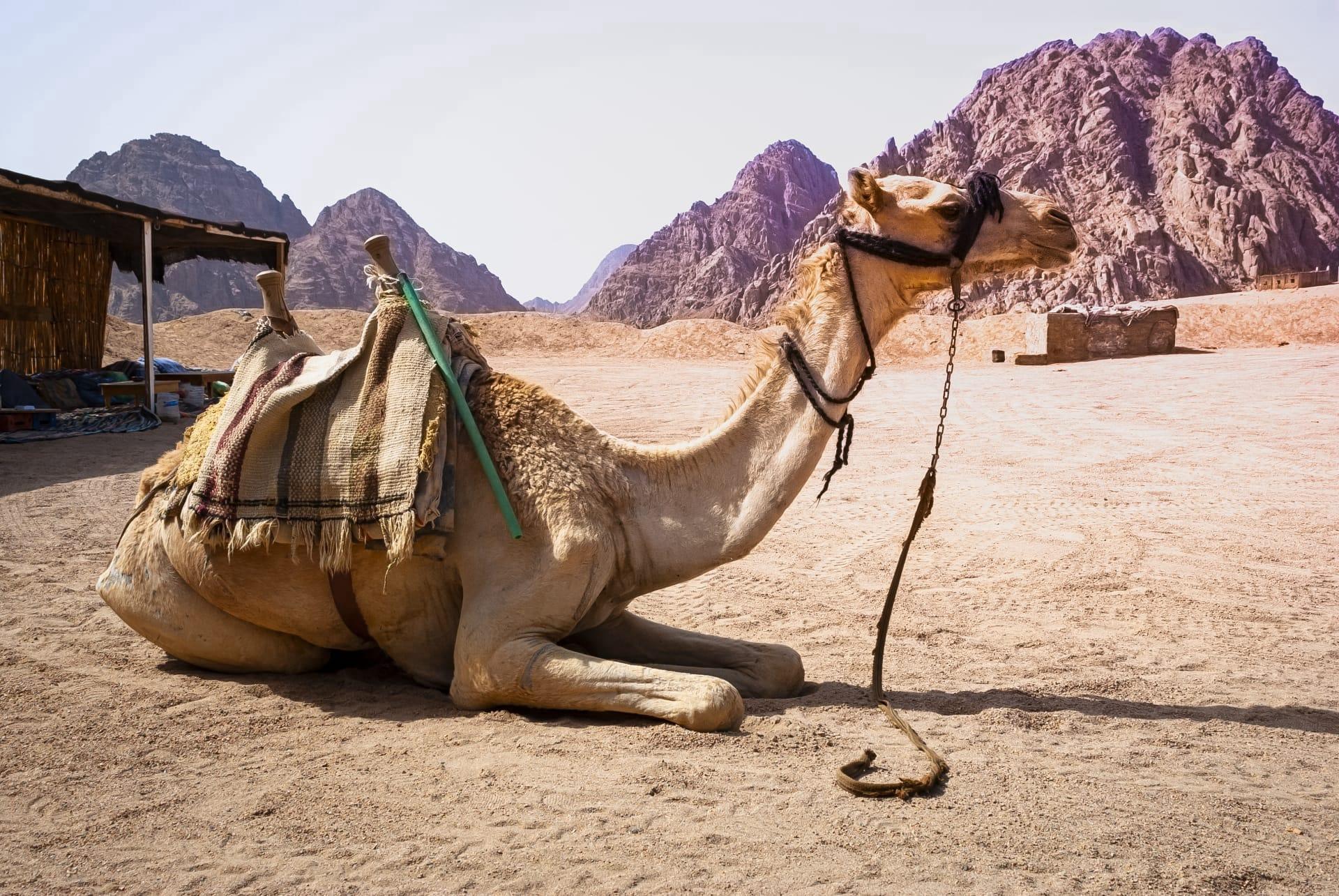Camel
- Home /
- Mini Encyclopedia /
- Animal /
- Camel
1
Camels, known scientifically as Camelus, are a genus in the family Camelidae. There are three living species of camels: the Dromedary (Camelus dromedarius), which has one hump and is predominantly found in North Africa and the Middle East; the Bactrian camel (Camelus bactrianus), which has two humps and is native to Central Asia; and the wild Bactrian camel (Camelus ferus), which is critically endangered and exists in remote areas of Mongolia and China. These species are distinguished by their number of humps and adapted to various environmental conditions.
Camels are known for their widespread distribution in harsh environments. The Dromedary camel is predominantly found in the arid regions of North Africa and the Middle East, where they have been domesticated for over 4,000 years. The Bactrian camel, with its two humps, resides in the steppes of Central Asia, especially in countries like Mongolia and Kazakhstan. The wild Bactrian camel, a separate species, is confined to the Gobi Desert in Mongolia and the Lop Nur area in China. These animals have adapted to extreme temperatures ranging from freezing cold to scorching heat, showcasing their remarkable resilience.

2
Question: Do camels store water in their humps?
Answer: Contrary to popular belief, camels do not store water in their humps. Instead, the humps are reserves of fatty tissue. This fat can be converted into water and energy when food and water sources are scarce. A camel's hump allows it to travel up to 100 miles in the desert without water. Additionally, camels have a unique ability to withstand dehydration, losing up to 25% of their body weight in water, a feat that would be fatal for most other animals.

3
Camels have evolved several adaptations for survival in extreme environments. They can close their nostrils to prevent sand inhalation during sandstorms. Their long eyelashes and bushy eyebrows shield their eyes from sand, and their thick lips allow them to graze on thorny desert plants without injury. Camels can consume up to 40 gallons of water in one drinking session and can survive for several weeks without water. Their red blood cells are oval, a unique adaptation that facilitates blood flow even when dehydrated. This shape also enables them to rehydrate quickly without rupturing their blood cells.
Another adaptation is their temperature regulation. Camels can withstand a body temperature range from 34°C (93°F) to 41.7°C (107°F) before sweating, significantly reducing water loss. Their thick fur insulates them from intense heat and cold, while their large, flat feet distribute their weight, preventing them from sinking in the sand.

4
In ecosystems, camels play a vital role as both consumers and providers. As herbivores, they affect vegetation patterns by grazing on plants, which can influence the distribution of other wildlife. Camels are also important seed dispersers, contributing to the spread of plant species across their habitats. Their movements across vast landscapes aid in nutrient distribution through their fecal matter.
Camels have a significant cultural and economic impact, especially in arid regions. They provide transportation, milk, meat, wool, and leather, supporting the livelihoods of many communities. Camels also have a role in ecotourism, attracting visitors to desert regions. Additionally, their presence helps maintain the ecological balance, preventing overgrowth of certain plant species and supporting biodiversity.

5
Film: "The Story of the Weeping Camel" (2003) is a Mongolian documentary film. It narrates the tale of a family of nomadic shepherds in the Gobi Desert trying to save the life of a rare white Bactrian camel calf after it was rejected by its mother.
Book: "The Camel Bookmobile" by Masha Hamilton (2007, United States). This novel tells the story of an American librarian who travels to Kenya to bring books to a remote community using camels. It explores themes of cultural exchange, the power of literature, and the challenges of introducing new ideas to traditional ways of life.
Book: "Camel Crazy: A Quest for Miracles in the Mysterious World of Camels" by Christina Adams (2019, United States). This non-fiction book delves into the medicinal properties of camel milk and the author's journey around the world, from India to Africa, exploring the cultural significance of camels and their potential to offer solutions for global health issues.